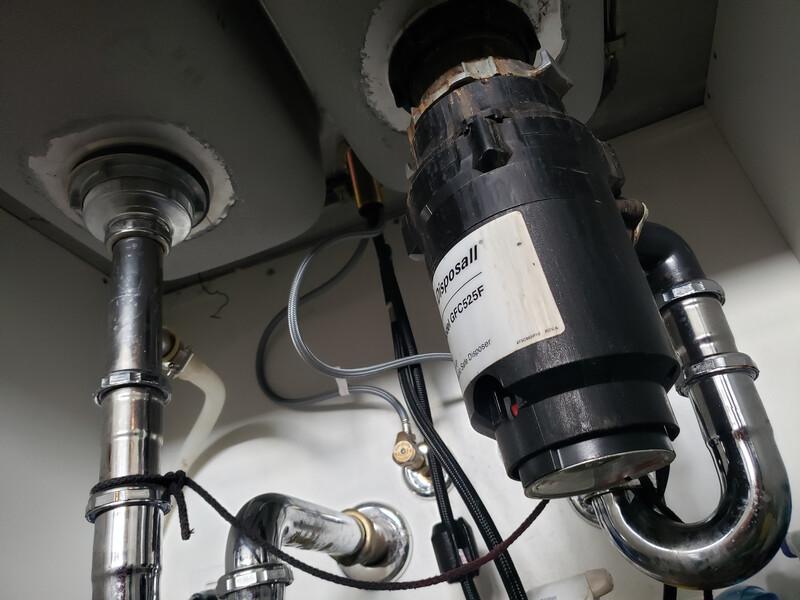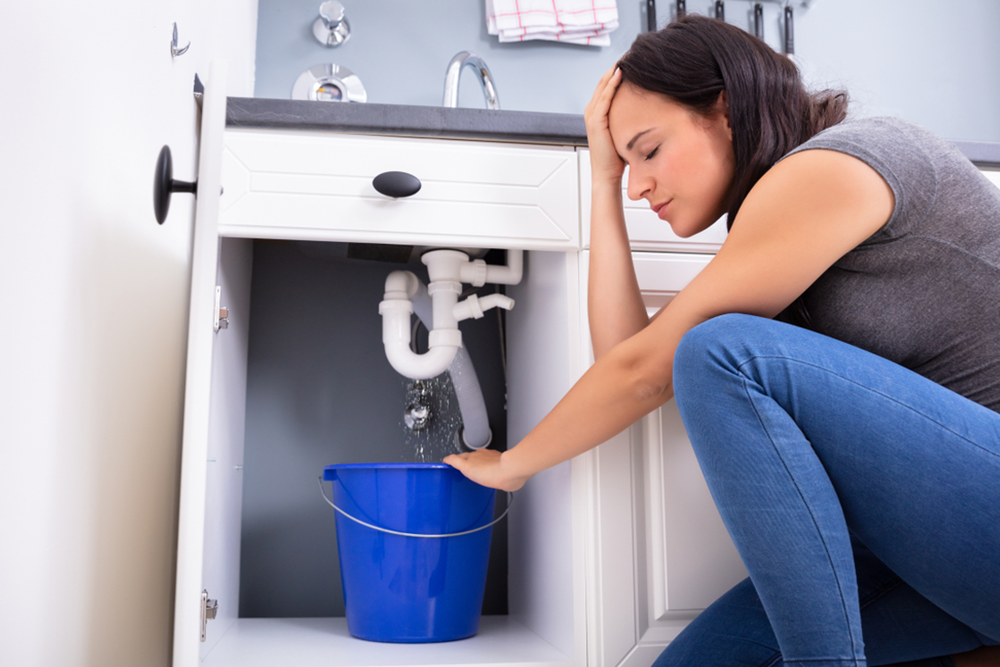The content following next in relation to Why Is My Garbage Disposal Leaking From the Bottom? is rather engaging. Read it for your own benefit and figure out what you think about it.

Garbage disposals are essential kitchen appliances that help in dealing with food waste efficiently. However, a leaking garbage disposal can be an irritating and messy issue to take care of. Luckily, several leakages can be dealt with easily with a couple of simple actions. In this write-up, we will certainly review just how to repair a leaking garbage disposal efficiently.
Introduction
Garbage disposals are set up under cooking area sinks and are created to shred food waste into smaller sized pieces, allowing it to go through the plumbing system easily. While these tools are typically reliable, leaks can happen gradually as a result of deterioration, loosened links, or damages to the system.
Step-by-Step Overview to Dealing With a Dripping Garbage Disposal
Switch off the Power
Before trying any type of repairs, make certain that the power to the garbage disposal unit is turned off to prevent the danger of electrical shock.
Find the Leak
Recognize the specific location of the leakage and identify the reason
Tighten Links
Utilize a wrench to tighten up any loosened links between the disposal device and the pipes system.
Change Seals or Gaskets
If the leak results from worn seals or gaskets, eliminate the old components and replace them with new ones.
Patching Splits or Holes
For fractures or holes in the disposal unit, usage epoxy or an ideal patching material to seal the broken area.
Recognizing the Source of the Leak
Before attempting to fix a dripping garbage disposal, it is necessary to identify the resource of the leak. This can typically be done via aesthetic inspection or by conducting simple tests.
Visual Evaluation
Check the waste disposal unit device thoroughly for any type of signs of water leakage. Pay very close attention to locations around seals, gaskets, and link factors.
Examining for Leakages
One method to test for leakages is by running water through the disposal system and checking for any type of noticeable signs of leakage.
Usual Root Causes Of Leaks in Waste Disposals
Worn Seals and Gaskets
Seals and gaskets play a crucial duty in stopping water from leaking out of the waste disposal unit. In time, these parts can deteriorate, leading to leaks around the disposal device.
Loose Links
The links in between the garbage disposal and the plumbing system can become loose gradually, creating water to leakage out during procedure.
Fractures or Holes in the Disposal Unit
Physical damage to the garbage disposal, such as fractures or holes in the real estate, can additionally cause leaks.
Devices and Products Needed for Fixing a Leaking Garbage Disposal
Before beginning the repair work procedure, collect the required tools and products, consisting of a screwdriver, flexible wrench, plumbing's putty, replacement seals or gaskets, and epoxy or patching product for repairing fractures or holes.
Examining the Waste Disposal Unit After Fixing
As soon as the fixing is total, check the garbage disposal by running water via it to make sure that the leak has actually been fixed.
Preventive Maintenance Tips to Avoid Future Leaks
To prevent future leaks, it is vital to perform regular upkeep on your garbage disposal. This consists of keeping it tidy, staying clear of putting non-food products or hard items down the disposal, and periodically checking for leakages or various other issues.
Final thought
Finally, repairing a dripping waste disposal unit is a relatively simple procedure that can be completed with basic tools and products. By following the actions described in this short article and practicing preventive maintenance, you can maintain your garbage disposal in good working condition and avoid expensive fixings in the future.
What to Do About a Leaking Garbage Disposal
A leaking garbage disposal often goes unnoticed until you confront a sopping cabinet, a foul-smelling puddle, or an audible drip-drip-drip from the unit. The fix can be frustrating, too, because the leak can stem from a number of components in the system. Fortunately, with a little sleuthing, you can zero in on the leak and—depending on the exact location—stop the icky oozing and repair the component that caused it. Worst case scenario, if it turns out that the garbage disposal must be replaced, installing a new one is a reasonable do-it-yourself task for those with basic plumbing skills. Read on to keep the cash you’d otherwise hand over to a pro.
Prepare to find the leak
Prior to testing the garbage disposal for leaks, unplug it at the wall outlet and turn off the power from the breaker box to prevent electrical shock. Then insert a watertight sink stopper into your sink drain and wipe the unit dry with a clean cloth. In any handy container, mix a few drops of food coloring into a few cups of water, and pour the dyed water onto the sink stopper to help you locate the leak.
Investigate the source
the top, where the disposal meets the sink drain the side, where the dishwasher hose or main drain pipe connects to the disposal or the bottom of the unit Inspect each of these locations while gliding a light-colored rag over the unit; the dyed water will readily show on the rag and reveal the location of the leak. If a leak isn’t immediately apparent, remove the sink stopper and pour a few more cups of dyed water down the sink drain, then check for leaks again. Leaks near the top of the unit are more likely to show themselves while the sink is plugged, while side and bottom leaks are more noticeable while the sink is unplugged.
The metal sink flange that sits directly inside the sink drain is typically sealed around the top with plumber’s putty (a clay-like sealant) and then secured from under the sink with bolts. If the plumber’s putty deteriorates, or the bolts loosen, the flange can no longer form a watertight seal between the sink drain and the disposal—which could cause a leak at the top of the unit.
To reseal the leaky flange, you must first detach the garbage disposal. Start by loosening the screws securing the main drain pipe to the disposal, then loosen the screws in the metal clamp securing the dishwasher hose to the disposal and detach the drain pipe and dishwasher hose from the disposal. Loosen the screws in the mounting ring that connects the disposal to the metal mounting assembly beneath the sink, then pull down the disposal and carefully set it on a clean, dry surface. Loosen the bolts in the mounting assembly with a wrench, then pull down the mounting assembly and set it near the disposal.

I hope you liked our part about The Handy Guide To Fixing Your Garbage Disposal Leaking. Thank you so much for finding the time to browse our article. In case you liked our article please don't forget to share it. Thank-you for taking the time to read it.
Click Here To Find Out More